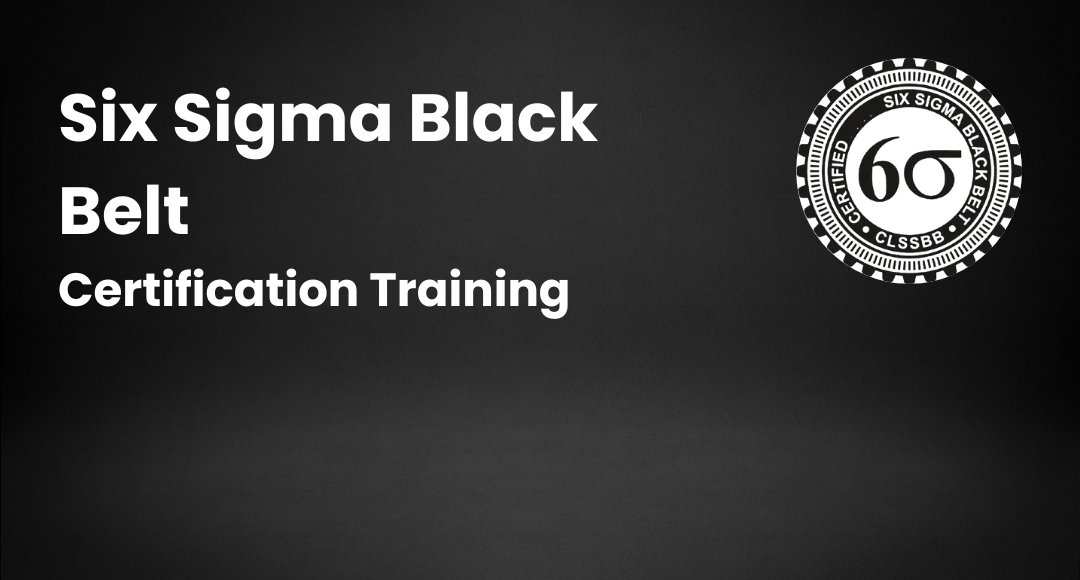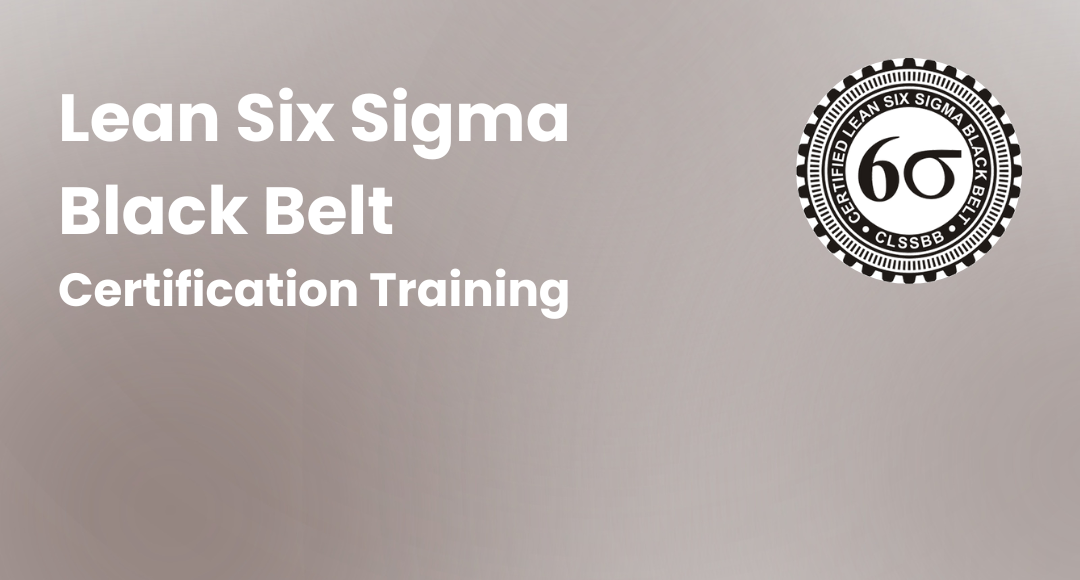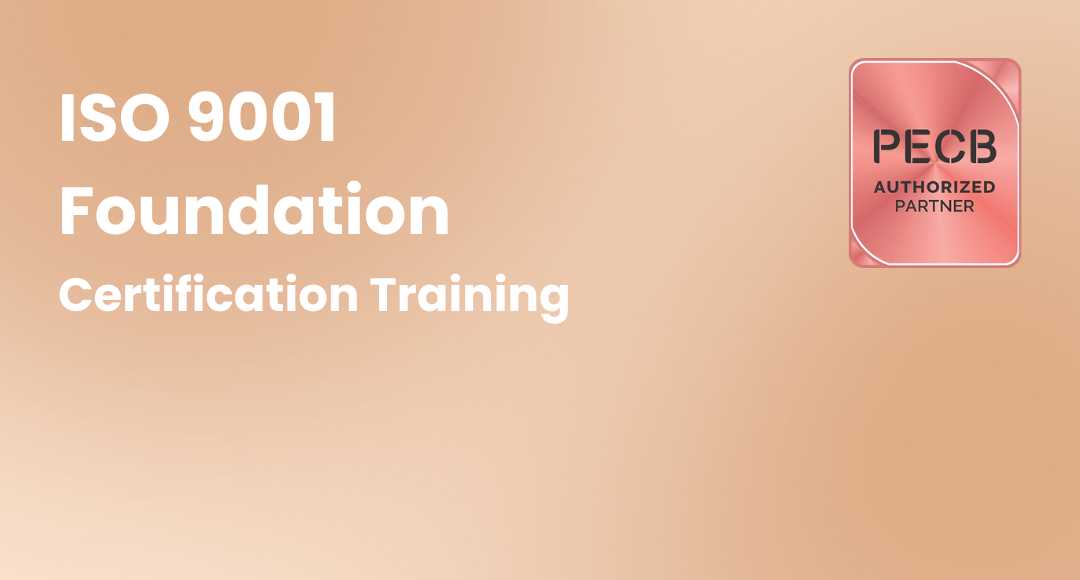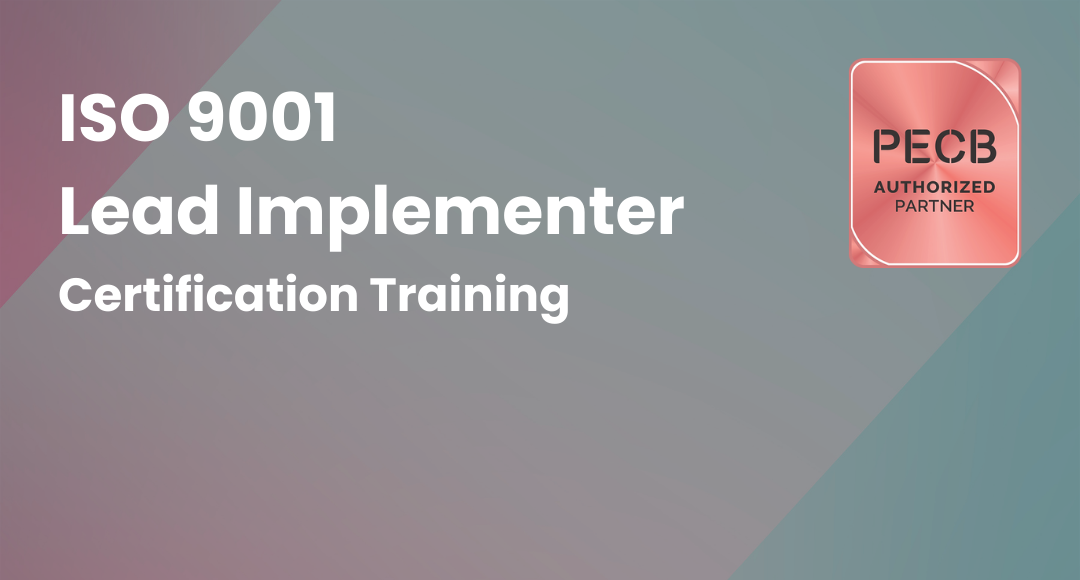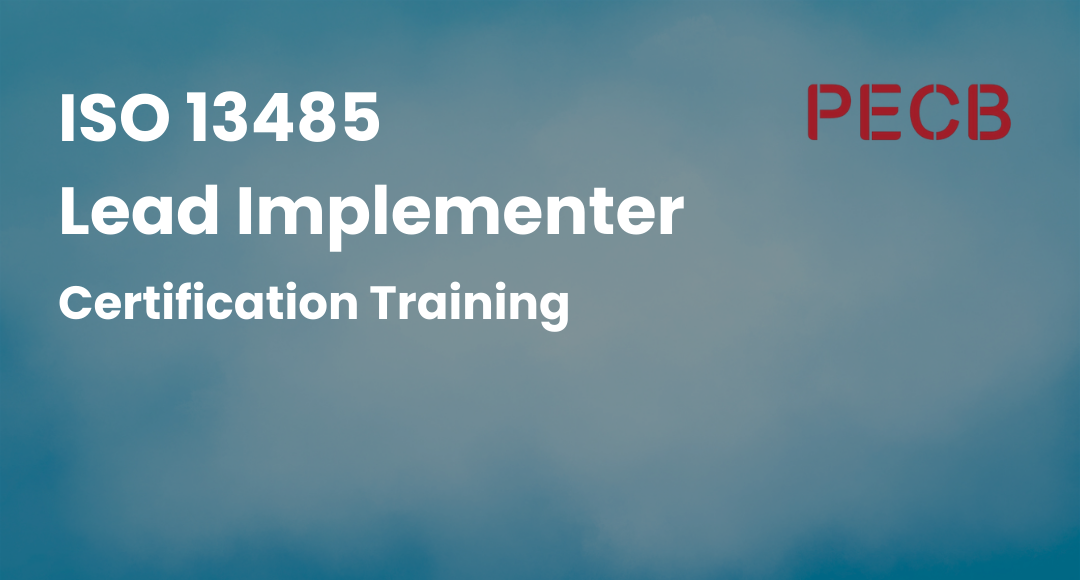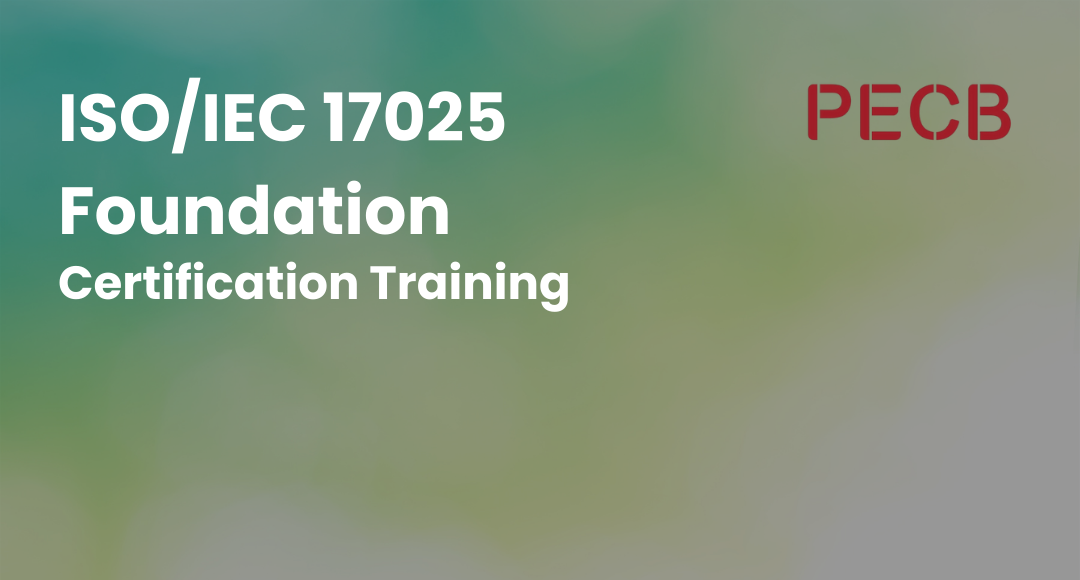The Lean Continuous Improvement Model: A Comprehensive Guide
-
 By Sushmith
By Sushmith - Published on Nov 7 2023

Table of Contents
- What makes Lean Continuous Improvement (LCI) Model so Crucial?
- Components and Framework of LCI Model
- Commonly known Lean Continuous Improvement (LCI) Models
- General Principles of Lean Continuous Improvement (LCI) Models
- Advanced Strategies for Implementing Lean Continuous Improvement (LCI) Models
- Advanced Tools and Technologies for Lean Continuous Improvement (LCI)
- Controlling Risks and Challenges within LCI Models
- Excellence with Sprintzeal's Lean Six Sigma Courses
- FAQs
- Summary
What makes Lean Continuous Improvement (LCI) Model so Crucial?
Lean Continuous Improvement (LCI) is a systematic approach in Lean Management that helps in improving processes and eliminating waste. It is based on the fact that there is always room for improvement. The LCI model is a framework for implementing continuous improvement in organizations.
LCI is crucial because it can help organizations to:

– Improve efficiency: By eliminating waste, LCI can help organizations to produce more products or services with the same amount of resources. This can lead to significant cost savings and increased profits.
– Improve quality: LCI can help organizations to improve the quality of their products or services by identifying and addressing the root causes of defects. This can lead to increased customer satisfaction and loyalty.
– Improve customer service: LCI can help organizations to improve their customer service by reducing lead times and improving responsiveness to customer needs. This can lead to increased sales and repeat business.
– Improve employee morale: LCI can help to improve employee morale by giving employees a sense of ownership over their work and by empowering them to make suggestions for improvement. This can lead to a more productive and engaged workforce.
LCI is crucial for organizations in all industries, but it is especially important for organizations that are facing increasing competition or that are operating in a rapidly changing environment. By continuously improving their processes, organizations can stay ahead of the curve and remain competitive.
Here are some specific examples of how the LCI Model can be used to improve business performance:
– A manufacturing company could use the LCI Model to reduce the amount of time it takes to produce a product. This could be done by identifying and eliminating bottlenecks in the production process and by implementing continuous improvement techniques such as just-in-time (JIT) inventory management and kanban.
– A service company could use the LCI Model to reduce the amount of time it takes to respond to customer inquiries. This could be done by streamlining the customer service process and by implementing continuous improvement techniques such as root cause analysis (RCA) and five whys.
– A retail company could use the LCI Model to improve the efficiency of its supply chain. This could be done by reducing the amount of inventory that is held on hand and by improving the accuracy of order fulfillment by implementing continuous improvement techniques such as cross-docking and value stream mapping.
The LCI Model is a powerful tool that can help organizations to improve their performance in all areas. By continuously improving their processes, organizations can stay ahead of the curve and remain competitive.
Components and Framework of LCI Model
The LCI Model is a cyclical process, meaning that it is repeated over and over again to achieve continuous improvement. As the organization learns and improves, the continuous improvement plans become more sophisticated and the results become more significant.
The Lean Continuous Improvement (LCI) Model is a framework for implementing continuous improvement in organizations. It is based on four key components:

Plan:
Identify the areas where LCI is needed. This can be done by collecting data on the current process, such as cycle times, defect rates, and customer satisfaction. The data can be collected through surveys, interviews, and observations.
Set goals for LCI. Once the areas where LCI is needed have been identified, the organization needs to set goals for LCI. The goals should be specific, measurable, achievable, relevant, and time-bound.
Develop a plan to achieve LCI goals. The LCI plan should outline the steps that need to be taken to achieve the goals. The plan should also identify the resources that will be needed and the timeline for implementation.
Do:
Implement the LCI plan. This involves making the changes to the process that have been outlined in the LCI plan.
Track the results. It is important to track the results of the LCI plan to ensure that it is working as intended. The results can be tracked using the same data that was collected in the planning phase.
Make adjustments to the plan as needed. If the results of the LCI plan are not as expected, the plan needs to be adjusted accordingly.
Check:
Compare the actual results to the desired results. This will help to identify any areas where further improvement is needed.
Identify the root causes of any problems. Once the areas where further improvement is needed have been identified, the organization needs to identify the root causes of the problems.
Develop and implement a plan to address the root causes. Once the root causes of the problems have been identified, the organization needs to develop and implement a plan to address them.
Act:
Take action to address the root causes of the problems. This may involve making changes to the process, training employees, or implementing new tools and technologies.
Monitor the results. It is important to monitor the results of the actions that have been taken to address the root causes of the problems. This will help to ensure that the actions are effective and that the desired results are being achieved.
Standardize the improvements. Once the desired results have been achieved, the organization needs to standardize the improvements so that they can be sustained over time.
The LCI Model is a powerful tool that can help organizations to achieve continuous improvement. By following the four steps of the model, organizations can identify and address the root causes of problems, implement effective solutions, and sustain the improvements over time.
Commonly known Lean Continuous Improvement (LCI) Models
Lean Continuous Improvement (LCI) models are systematic approaches to identifying and eliminating waste from processes. They are based on the principle that every step in a process should add value to the customer, and that any step that does not add value is considered waste.
There are a number of different LCI models, each with its own focus and methodology. Some of the most common LCI models include:
Just-in-time (JIT) inventory management
Just-in-time (JIT) inventory management is a system of inventory management that aims to reduce the amount of inventory that a company holds on hand. Under JIT, companies only order inventory when it is needed to produce goods or services. This can help to reduce costs associated with inventory storage and obsolescence.
Kanban
Kanban is a continuous improvement model that is based on a visual system for managing work. Kanban uses cards to represent work items, and the cards are moved through a series of stages as the work is completed. This can help to improve the visibility of work and identify bottlenecks in the process.
5S
5S is a continuous improvement model that is based on a workplace organization system that focuses on creating a clean, organized, and efficient work environment. 5S stands for:
Sort: Remove all unnecessary items from the workplace.
Set in order: Organize the remaining items in a logical and efficient manner.
Shine: Clean the workplace and keep it clean.
Standardize: Create standards for maintaining the organized and clean workplace.
Sustain: Maintain the standards and continuously improve the workplace.
Value stream mapping
Value stream mapping is a continuous improvement model that is based on a technique for identifying and eliminating waste from a process. Value stream mapping involves creating a map of the process and identifying all of the steps that add value to the customer and all of the steps that do not add value. Once the waste has been identified, it can be eliminated or reduced.
Total productive maintenance (TPM)
Total productive maintenance (TPM) is a continuous improvement model that is based on a system for maintaining and improving the reliability of equipment. TPM focuses on preventive maintenance and early detection of potential problems. This can help to reduce downtime and improve the efficiency of the production process.
These are just a few of the many different LCI models that are available. The best LCI model for a particular organization will depend on the specific needs of the organization and the processes that it is trying to improve.
LCI models can be used to improve a wide variety of processes in any industry. By implementing LCI models, organizations can reduce waste, improve efficiency, and increase profits.
General Principles of Lean Continuous Improvement (LCI) Models
The principles of Lean Continuous Improvement (LCI) models can be summarized as follows: Eliminate Waste, Improve Flow, and Create Value for the customer.
LCI models are based on the idea that every step in a process should add value to the customer. Any step that does not add value is considered waste, and should be eliminated. LCI models also focus on improving the flow of work through the process to reduce times and improve efficiency.
Ultimately, the goal of LCI models is to create value for the customer by providing products and services that meet their needs in a timely manner.
Here is a table that summarizes the key principles of the LCI models discussed in the previous section:
|
LCI Model |
Key Principles |
|
Just-in-time (JIT) inventory management |
Produce only what is needed, when it is needed; eliminate waste; improve quality |
|
Kanban |
Visualize the work; limit work in progress (WIP); focus on flow |
|
5S |
Sort, set in order, shine, standardize, sustain |
|
Value stream mapping |
Every step in a process should add value to the customer; waste should be eliminated wherever possible; the flow of work should be improved |
|
Total productive maintenance (TPM) |
Equipment should be maintained in a state of good repair; potential problems should be detected and addressed early on; everyone should be involved in maintaining the equipment |
To learn more about the specific principles of each LCI model, please visit our blog on principles of LCI models:
Advanced Strategies for Implementing Lean Continuous Improvement (LCI) Models
Lean Continuous Improvement (LCI) models are a powerful tool for improving processes and eliminating waste. However, implementing LCI models can be challenging, especially for complex processes or organizations with a large number of employees.
In this blog post, we will discuss some advanced strategies for implementing LCI models. These strategies can help organizations to overcome the challenges of implementing LCI models and to achieve even greater results.
1) Create a culture of continuous improvement
The first step to successful LCI implementation is to create a culture of continuous improvement within the organization. This means that everyone in the organization, from the CEO to the front-line employees, should be committed to finding and eliminating waste.
There are a number of things that organizations can do to create a culture of continuous improvement. One important step is to provide training on LCI principles and tools to all employees. Organizations should also encourage employees to submit suggestions for improvement and to implement those suggestions that are feasible.
2) Use data to drive improvement
LCI is a data-driven approach to improvement. Organizations need to collect data on their processes in order to identify areas where waste can be eliminated.
There are a number of different types of data that can be collected for LCI purposes. Some common types of data include cycle times, defect rates, and customer satisfaction ratings. Once data has been collected, it can be used to create process maps and other tools that can help organizations to identify and eliminate waste.
3) Focus on the entire value stream
The value stream is the sequence of steps that are involved in delivering a product or service to the customer. LCI models focus on improving the entire value stream, from the initial procurement of raw materials to the final delivery of the product or service.
When implementing LCI models, it is important to focus on the entire value stream, rather than just individual processes. This is because waste can occur at any point in the value stream. By focusing on the entire value stream, organizations can identify and eliminate waste at all stages of the process.
4) Engage employees at all levels
LCI is most effective when everyone in the organization is involved. Employees at all levels, from the front line to the C-suite, can contribute to LCI efforts.
Organizations can engage employees at all levels by providing training on LCI principles and tools, encouraging employees to submit suggestions for improvement, and implementing those suggestions that are feasible. Organizations should also create opportunities for employees to share ideas and learn from each other.
5) Use technology to support LCI
There are a number of technology solutions that can help organizations to implement and sustain LCI. These solutions can help organizations to collect data, identify and track waste, and implement improvement initiatives.
When choosing a technology solution for LCI, it is important to consider the specific needs of the organization. Some organizations may need a comprehensive LCI software solution, while others may be able to use simpler tools such as spreadsheets and Kanban boards.
Advanced Tools and Technologies for Lean Continuous Improvement (LCI)
There are a number of advanced tools and technologies that can help organizations to implement LCI models more effectively. Incorporating the right tools and technologies, such as the LCI Process, can further optimize the implementation of Lean principles, ensuring a smoother and more successful organizational transformation. Some of these tools and technologies include:
– Data analytics software: Data analytics software can help organizations to collect, analyze, and visualize data on their processes. This data can be used to identify areas for improvement and to track progress over time.
– Process mapping software: Process mapping software can help organizations to create visual maps of their processes. These maps can be used to identify bottlenecks and areas for improvement.
– Simulation software: Simulation software can be used to model and test different process changes before they are implemented in the real world. This can help organizations to avoid making costly mistakes.
– Internet of Things (IoT) sensors: IoT sensors can be used to collect data on the performance of equipment and processes in real time. This data can be used to identify problems early on and to take corrective action.
– Machine learning (ML) and artificial intelligence (AI): ML and AI can be used to analyze data and identify patterns that would be difficult or impossible for humans to identify. This information can be used to improve processes and to predict problems before they occur.
These are just a few of the many advanced tools and technologies that can be used to implement LCI models more effectively. By using these tools and technologies, organizations can accelerate their progress towards continuous improvement and achieve even greater results.
Benefits of using advanced tools and technologies for LCI
Improved data collection and analysis
Increased efficiency
Reduced costs
Improved decision-making
Sustained improvement
Controlling Risks and Challenges within LCI Models
Despite the benefits, LCI models also carry some risks and challenges. These risks and challenges can be minimized by taking a proactive approach to controlling them.
Here are some of the most common risks and challenges associated with LCI models:
– Reduced employee morale: LCI models can lead to increased pressure on employees to meet or exceed targets. This can lead to decreased morale and increased turnover.
– Increased risk of errors: LCI models can lead to a focus on speed and efficiency at the expense of quality. This can increase the risk of errors.
– Loss of focus on customer needs: LCI models can lead to a focus on internal processes at the expense of customer needs. This can lead to customer dissatisfaction.
– Difficulty in sustaining improvement: LCI models require continuous effort to sustain improvement. Without this effort, organizations can easily slip back into old habits.

By following these tips, organizations can minimize the risks and challenges associated with LCI models and maximize the benefits.
Excellence with Sprintzeal's Lean Six Sigma Courses
Lean Six Sigma is a methodology that combines lean manufacturing and Six Sigma to improve process quality and efficiency. It is a data-driven approach to continuous improvement that can be applied to any industry or process.
Sprintzeal offers a comprehensive suite of Lean Six Sigma courses that can help you and your organization achieve excellence. Our courses are designed to teach you the principles and tools of Lean Six Sigma so that you can apply them to your own work and make a real difference.
Our team of experienced and certified professionals is passionate about helping our clients to succeed. We offer a variety of services, including:
- Training courses
- Consulting services
- Customized training programs
- E-learning courses
Why choose Sprintzeal's Lean Six Sigma courses?
Sprintzeal's Lean Six Sigma courses are taught by experienced and certified professionals. Our courses are designed to be practical and relevant to the real world. You will learn the tools and techniques you need to implement Lean Six Sigma in your organization and achieve excellence.
Here are a few benefits of taking a Sprintzeal Lean Six Sigma course:
- Learn from experienced professionals:
- Gain hands-on experience:
- Get certified:
Who should take Sprintzeal's Lean Six Sigma courses?
Sprintzeal's Lean Six Sigma courses are designed for anyone who wants to learn how to improve processes and eliminate waste. Our courses are ideal for people in all levels of an organization, from front-line employees to senior executives.
List of Sprintzeal's Six Sigma courses
- Six Sigma Yellow Belt
- Six Sigma Green Belt
- Six Sigma Black Belt
- Lean Six Sigma Green Belt
- Lean Six Sigma Black Belt
FAQs
What is the 4 A continuous improvement model?
The 4 A continuous improvement model is a framework for identifying and eliminating waste from processes. The four steps of the model are:
Assess: Identify the current state of the process and identify areas for improvement.
Analyze: Determine the root cause of the problems identified in the assessment step.
Act: Implement solutions to address the root causes of the problems.
Adjust: Monitor the results of the implemented solutions and make adjustments as needed.
The 4 A model is a simple and effective framework for continuous improvement. It can be used to improve any process, regardless of size or complexity.
What is the Lean method of continuous improvement?
The Lean method of continuous improvement is a systematic approach to identifying and eliminating waste from processes. Lean is based on the principle that every step in a process should add value to the customer. Any step that does not add value is considered waste and should be eliminated.
The Lean method of continuous improvement is a powerful tool for improving efficiency, reducing costs, and increasing customer satisfaction.
What are the 5 Lean principles of process improvement?
The 5 Lean principles of process improvement are:
Value: Identify what value means from the customer's perspective
Value stream: Map the value stream to identify and eliminate waste
Flow: Create a continuous flow of value to the customer
Pull: Produce products and services only when they are requested by the customer
Perfection: Continuously strive to improve the process
How do I get started with LCI?
The best way to get started with LCI is to identify a specific process that you want to improve. Once you have identified a process, you can use the 4 A model or the Lean method of continuous improvement to identify and eliminate waste from the process.
How do I measure the success of LCI?
There are a number of ways to measure the success of LCI. Some common metrics include cycle time, throughput, quality, cost, and customer satisfaction. You can also use more specific metrics that are relevant to your industry and processes.
Summary
In conclusion, Lean Continuous Improvement (LCI) models are a powerful tool for improving processes and eliminating waste. They can be used by organizations of all sizes and in all industries to achieve excellence.
However, implementing LCI models can be challenging. It is important to be aware of the risks and challenges involved and to take steps to mitigate them.
Sprintzeal can help you overcome the challenges of implementing LCI models and achieve excellence in your organization. We offer a variety of Lean Six Sigma courses that can teach you the tools and techniques you need to implement LCI models effectively.
Visit Sprintzeal.com to explore the wide verity of courses and services available. If you are interested in mastering the Six Sigma Credentials, allow us to help you achieve excellence in your organization, please visit our Six Sigma courses page or contact us today.
We look forward to hearing from you!
Never miss an update on valuable resources and special training offers; subscribe to Sprintzeal's newsletter today!
Subscribe to our Newsletters
Popular Programs
Trending Posts
Quality Assurance vs Quality Control
Last updated on Aug 2 2023
Understanding the Key Principles of Lean Manufacturing
Last updated on Nov 22 2023
Best Quality Management Tools
Last updated on Oct 8 2024
Lean Six Sigma on Resume for Rewarding Career Benefits
Last updated on Nov 20 2023
Essential Components of a Quality Management System
Last updated on Aug 19 2024
Six Sigma Certification Guide - A Professional's Guide
Last updated on Sep 27 2024
Categories
- Other 71
- Agile Management 48
- Cloud Computing 57
- Project Management 174
- Big Data 67
- Business Management 88
- Digital Marketing 81
- IT Service Management 29
- Programming Language 59
- AI and Machine Learning 85
- IT Security 113
- Quality Management 78
- IT Hardware and Networking 26
- Microsoft Program 5
- Workplace Skill Building 14
- Risk Management 9
- Information Security 8
- Leadership and Management 9
- Corporate Training and Development 1
Trending Now
Top Career benefits of Lean Six Sigma Green Belt
ArticleLean methodology, Six Sigma methodology and Lean Six Sigma Explained
ArticleSix Sigma Black Belt Certification – Value and Career Benefits in 2026
ArticlePareto Chart in Six Sigma - Explained
ArticleSix Sigma Certification Guide - A Professional's Guide
ArticleQuality Control Explained – Six Sigma
ArticleQuality Assurance in Six Sigma Explained
ArticleQuality Assurance vs Quality Control
ArticleTotal Quality Management - A Complete Guide for Beginners
ArticleSix Sigma Certification – Everything you Need to Know About Getting Certified
ArticleLean Six Sigma on Resume for Rewarding Career Benefits
ArticleSix Sigma Yellow Belt Certification - Six Sigma for Beginners
ArticleQuality Management Interview Questions 2026
ArticleQuality Manager Interview Questions and Answers for 2026
ebookService Delivery Manager Interview Questions and Answers (With Examples)
ArticleSix Sigma Interview Questions and Answers 2026
ArticleA Supply Chain Management Guide to Mastering Logistics End to End
ArticleSenior Quality Manager Interview Questions and Answers 2026
ArticleTop Quality Analyst Interview Questions and Answers 2026
ArticleFinancial Analyst Interview Questions and Answers 2026
ArticleRisk Manager Interview Questions and Answers 2026
ArticleCompliance Manager Interview Questions and Answers 2026
ArticleOperation Manager Interview Questions and Answers
ArticleHow to Become a Quality Manager - Career, Job Scope and Certifications
ArticleHow to become a Quality Analyst
ArticleSix Sigma Certifications - Reasons Why you Should Get Them
ArticleTop Qualities of a Good Manager and a Leader
ArticleLearn about Statistical Process Control (SPC) and its top applications
ArticleCost of Poor Quality - A Detailed Guide
ArticleImplementing 5S Methodology for Better Work Efficiency
ArticleWhat Is Lean Management?
ArticleBest Six Sigma Books in 2026
ArticleLeadership vs Management - The Ultimate Guide
ArticleQuality Assurance Plan - Six Steps To Quality Assurance Plan
ArticleOperational Planning Creation, Key Elements and its Benefits
ArticleA Complete Guide to Product Life Cycle Stages 2026
ArticleDMAIC Methodology - The Ultimate Guide
ArticleSix Sigma tools for DMAIC Phases
ArticleWhat Is Lean Manufacturing?- An Overview
ArticleDMAIC vs. DMADV: Key Differences and Choosing the Right Six Sigma Methodology
ArticleA Deep Dive into the Power of Lean Continuous Improvement Process
ArticleIntroduction to Lean Manufacturing- Definitions, Framework, and More
ArticleLean Continuous Improvement Methods for Business Excellence
ArticleUnderstanding the Key Principles of Lean Manufacturing
ArticleSecret to Unlock Organizational Excellence: Stages of Continuous Improvement
ArticleLean Continuous Improvement: A Detailed Guide to Mastering Organizational Quality
ArticleLean Waste Management: The Ultimate Guide 2026
ArticleA Deep Dive into Lean Continuous Improvement Tools
Article8 Wastes of Lean - Strategies for Identification and Elimination
Article5 Lean Continuous Improvement Principles to Supercharge Your Operations
ArticleThe Ultimate Guide to Lean Manufacturing
ArticleUnderstanding Lean Manufacturing's Pros and Cons
ArticleLean Waste Reduction Strategies: Boost Efficiency and Cut Costs
ArticleTop 10 Lean Manufacturing Tools for Optimal Productivity
ArticleBeyond the Basics: Benefits of Lean Continuous Improvement
ArticleWhat are Quality Standards? | A Guide to ISO Standards
Article7 Important Types of Quality Management System
ArticleISO 9001 Standard: Benefits and Certification
ArticleA Comprehensive Guide to Quality Management Systems
ArticleBenefits of QMS Certification for Your Business
ArticleStep-by-Step Implementation Guide to ISO 9001
ArticleThe Ultimate Guide to ISO 9001: Boosting Quality and Certification Success
ArticleEssential Components of a Quality Management System
ArticleQuality Management System – QSM Approaches and Methodologies
ArticleHow to Effectively Implement a Robust Quality Management System?
ArticleExplaining QMS Documentation Structure: Benefits and Best Practices
ArticleWho Needs ISO 9001 Certification and Why?
ArticleKey Elements of ISO 9001:2015 Quality Management System
ArticleOvercoming Common Challenges in ISO 9001 Certification: Tips and Best Practices
ArticleBest Quality Management Tools
ArticleTotal Quality Management (TQM) vs. Six Sigma
ArticleQuality Manager Salary: What Freshers & Experts Earn in 2026
ArticleCertified Scrum Product Owner: Job Roles And Responsibilities
ArticleTips for Continuous Integration Testing: Streamlining QA
Article10 Quality Management Strategies Adopted by Top Managers
ArticleDMAIC for Warehouse Safety: From Hazards to Control
ArticleLive Data, Faster Fixes: How Smart Monitoring Is Rewriting Quality Control
Article


